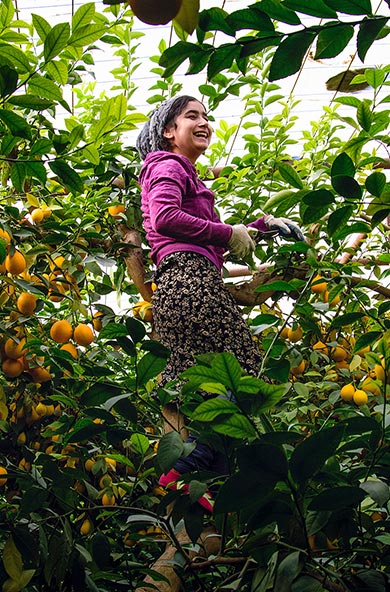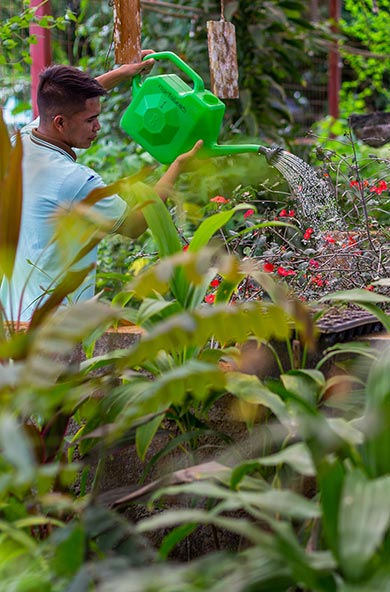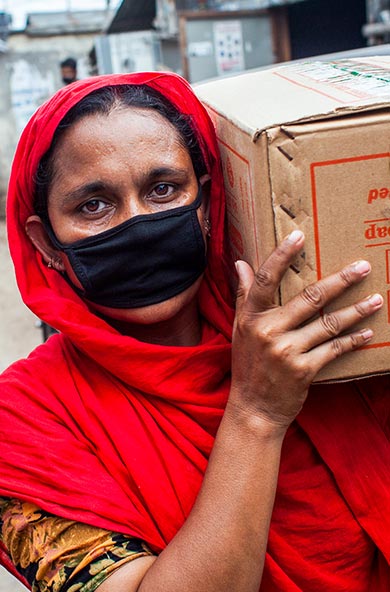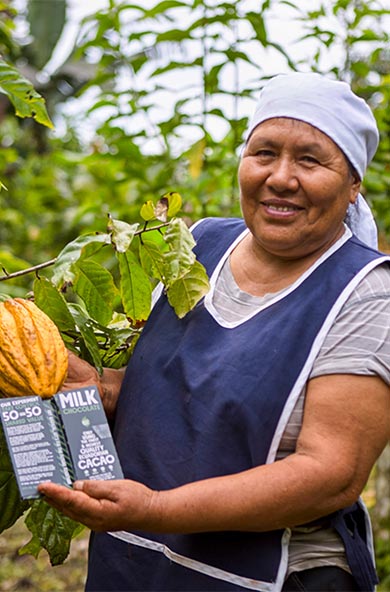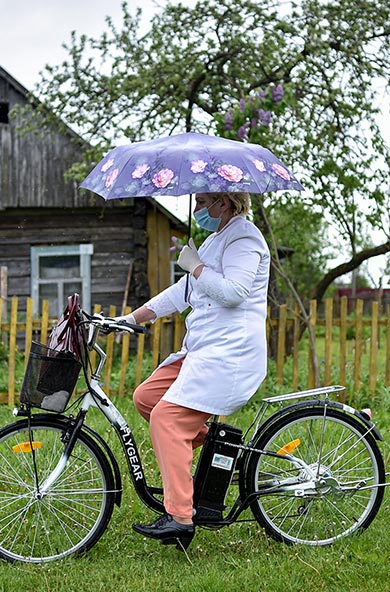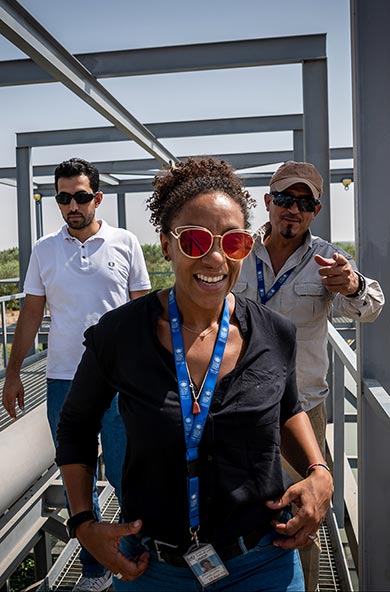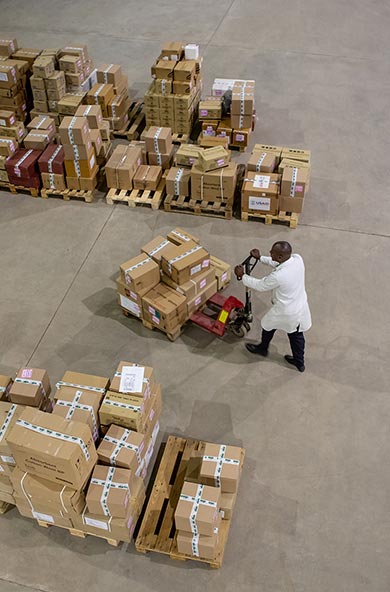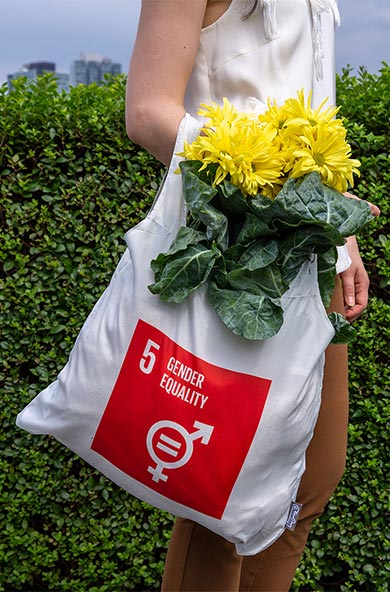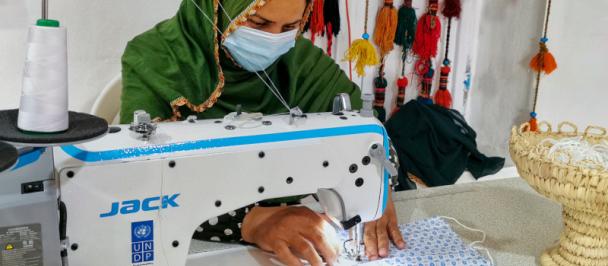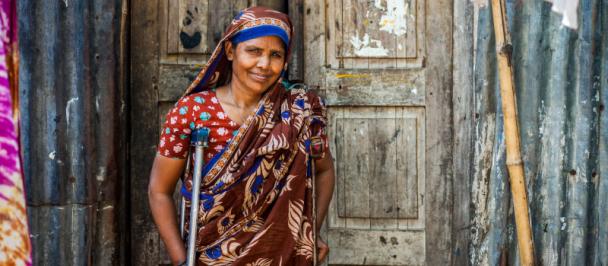As the 63rd session of the Commission on the Status of Women enters its second week, one of the themes is how gender equality is not only a matter of human rights, it’s also crucial to achieving all of the Sustainable Development Goals (SDGs), with their central pledge to leave no one behind.
Gender equality is a goal in its own right (SDG5), but cuts across all 17 SDGs and is reflected in 45 targets and 54 gender-specific indicators. Gender equality’s pivotal role means that investments in gender equality can be a powerful spur to achieving all of the SDGs.
This is good news, as there has been tremendous progress on gender equality and the empowerment of women and girls, and increased visibility for women’s movements, from #MeToo and #TimesUp to #NiUnaMenos.
However, despite this progress, large gender gaps remain, due in part to weak and uneven implementation of legal frameworks and persistent structural barriers in terms of resources and power. Here are just a few examples:
Thirty five percent of women have experienced physical and/or sexual violence, but as of 2018, 49 countries lacked laws protecting women from domestic violence.
Women earn only 77 cents for every dollar men earn for the same work.
Throughout the world 740 million women make their living in the informal economy with limited social protection, public services and infrastructure that could increase their productivity and incomes.
Almost 750 million women and girls alive today were married before their 18th birthday, resulting in potentially lasting and damaging effects on their health, education and safety.
There are many steps that can be taken to overcome these considerable gaps, the first being a radical reversal in financing for gender equality, with the institutionalization of a gender-responsive approach to financing. Adequate investments must be made in national policies for gender equality and women’s empowerment. These include promoting decent work, ensuring access to resources, reducing and redistributing unpaid care and domestic work, and stronger social protections for all. We also need much more investment in the economic empowerment of women, and structural change.
The systematic design and collection of and access to high-quality, reliable and timely gender-disaggregated data are also essential to implementing effective and evidence-based policies. We need to tackle the issue of closing political space, especially civil society space, which is affecting already underfunded women’s movements. Violence against rights activists particularly affects women’s rights.
We must implement and reinforce legal and institutional arrangements on gender equality, while strengthening accountability for fulfilling existing commitments.
Integrated approaches with a broad coalition of partners, which in turn can have multiplier effects, are a must.
All of this requires political will and stronger collaboration, involving not only national and local governments, but also civil society, the private sector, academia and the media. UNDP’s work and support to countries on gender equality is done in close cooperation with a wide range of partners across the UN system, including UN Women, UNFPA and UNICEF, as well as nongovernmental organizations, civil society and multilateral institutions.
UNDP is committed to making gender equality a reality, and in turn achieving the SDGs. The UNDP Gender Equality Strategy 2018-2021, the third such strategy, provides a map to integrate gender equality into all aspects of UNDP's work, helping to accelerate progress towards the 2030 Agenda, and build on our extensive work in this area.

 Locations
Locations